So, You Want a ‘Smart’ Dog? A Trainer’s Honest Guide to What You’re Really Signing Up For
Over my two decades working with dogs and their humans, I’ve probably heard the phrase “I want a smart dog” a thousand times. It’s a fantastic goal! People show up, thrilled with their new puppy from a breed famous for its big brain. They’ve seen the online lists and are dreaming of teaching a dozen impressive tricks.
In this article
But then, a few months later, my phone rings. The story is almost always the same: the house is a wreck, the dog is a bundle of nerves, and the family is at its wit’s end. Their brilliant dog has completely outsmarted them.
Here’s the truth nobody puts in the brochure: we confuse a dog’s intelligence with how easy it will be to live with. In reality, a highly intelligent dog isn’t a simple pet you can just wind down at the end of the day. It’s more like a partner who needs a job, a real purpose, and a ton of mental engagement. Forgetting that is the fastest route to chaos.
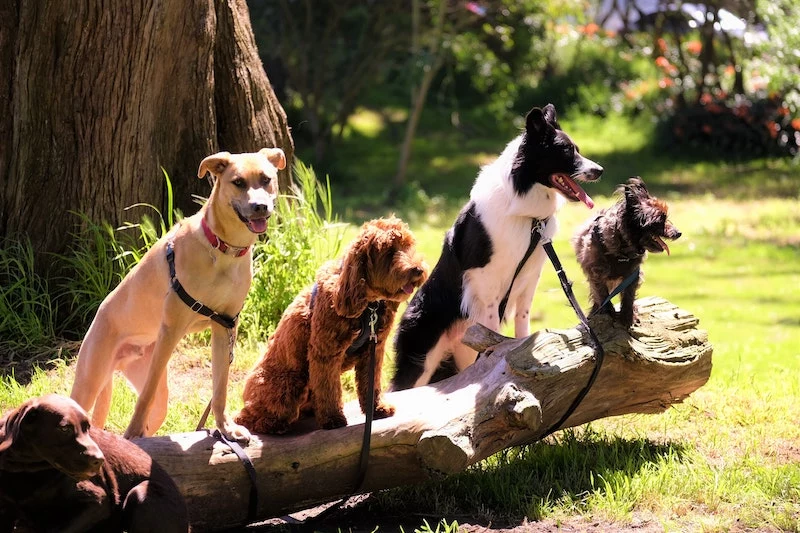
So, this isn’t another top-five list. This is a look under the hood. We’re going to break down what ‘smart’ actually means, and I’ll give you the honest, unfiltered take on what it’s like to live with these incredible animals. My goal is to help you build an amazing partnership, not just own a clever pet.
First, What Does ‘Smart’ Even Mean?
Before we get into specific breeds, we have to be on the same page. Most people think ‘smart’ just means ‘learns ‘sit’ really fast.’ But that’s only one slice of the pie. A really useful framework that pros use breaks canine intelligence into three different types. Understanding this is a game-changer for figuring out your dog.
1. Instinctive Smarts (The Hardwiring)
This is the software the dog was born with. It’s what the breed was developed to do, deep in its DNA. A Border Collie’s instinct is to gather and move livestock, using that intense, creepy stare to control them without ever being taught how. A Beagle’s instinct is to lock onto a scent and follow it to the ends of the earth, ignoring everything else. You can’t train this out of them.
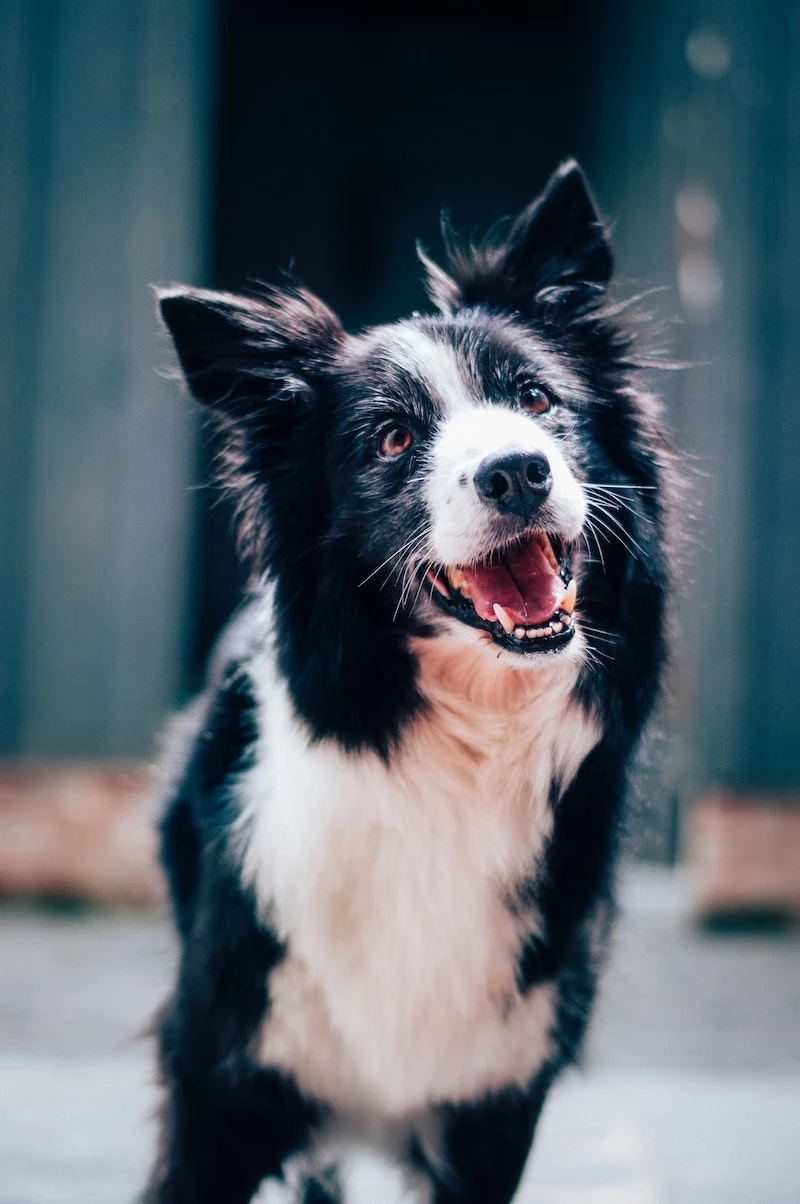
And you shouldn’t try! The key is to give them a healthy outlet. If you don’t give a herding dog something to herd (like a special toy ball), it’s going to start herding your kids, the cat, or passing cars. That’s not a bad dog—that’s an unemployed dog.
2. Adaptive Smarts (The Street Smarts)
This is all about a dog’s ability to learn from its surroundings and solve problems on its own. I once worked with a rescue mutt who figured out how to open the refrigerator. No one showed him; he just watched, learned, and problem-solved his way to the leftover chicken. That’s some serious adaptive intelligence.
This can be… a challenge. A dog with high adaptive smarts will get bored and make its own fun, which often involves escaping the yard, raiding the trash, or mastering the art of counter-surfing. This is a brilliant mind that is starving for stimulation. For these dogs, puzzle toys and scent games aren’t just fun extras; they are absolutely essential for their mental well-being.
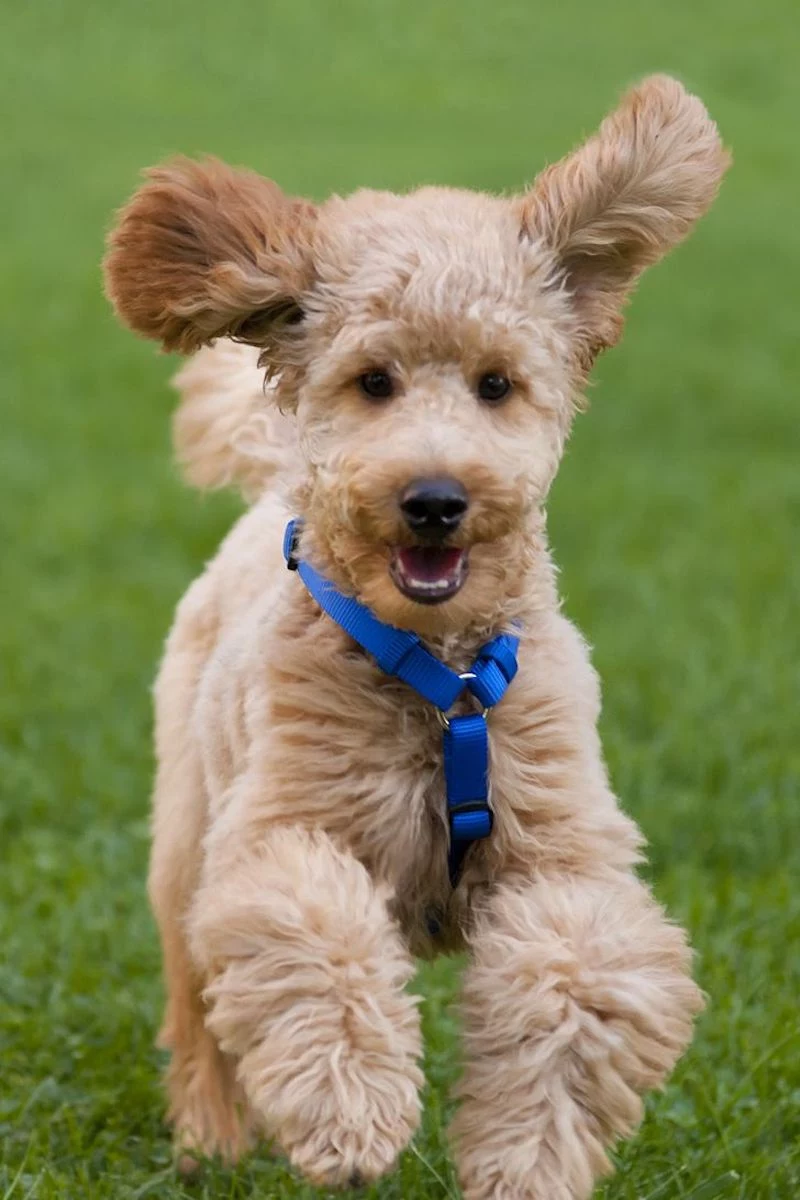
3. Working & Obedience Smarts (The Trainability)
This is what everyone thinks of: how well a dog learns from people. The famous breed rankings are based almost entirely on this. Breeds at the top can learn a new command in just a handful of tries.
But this is a double-edged sword. A dog that learns commands quickly also learns your bad habits just as fast. Laugh one time when your German Shepherd puppy grabs your shoelace? You just taught him that’s a super fun game he should play all the time. They are always learning, so you have to be consistent and mindful.
A Trainer’s Breakdown of the Brainy Breeds
These dogs consistently top the intelligence charts for a reason. They are incredible. But their brilliance comes with a contract—a list of needs that are absolutely non-negotiable. Here’s my honest take on what it’s really like to share your home with one.
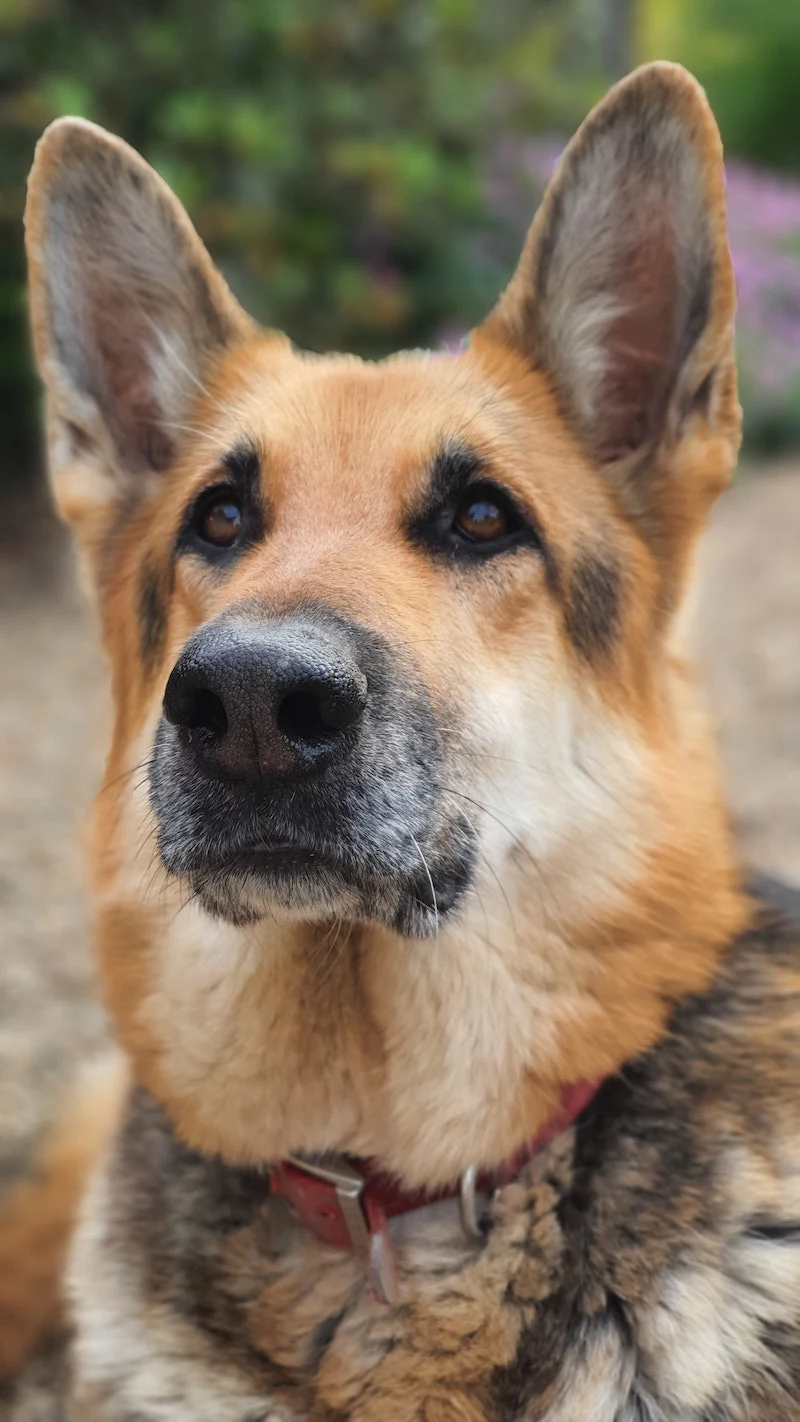
The Border Collie: The Genius Who Needs a Job, Yesterday
This is the undisputed champion of working intelligence. You can practically see the gears turning. But this brainpower is directly wired into its workaholic instinct.
- The Lowdown: A Border Collie without a job is a ticking time bomb for neurotic behaviors. Seriously. I’ve seen them start chasing shadows, spinning in circles, or just staring at walls. It’s their brain’s way of coping with crushing boredom. A one-hour jog isn’t enough. They need at least 30-60 minutes of focused mental work every single day. Think trick training, agility, or complex games. You have to tire out their brain, not just their legs.
- A Word of Caution: Their sensitivity is off the charts. They pick up on everything—your stress, a loud noise, a change in routine. This makes them prone to anxiety and phobias if they aren’t raised in a stable, predictable home. Honestly, they are not a great choice for a chaotic household or a first-time owner.
- Is Your Smart Dog Secretly Bored? Heads up! Look for these signs:
– Sudden chewing or destructiveness on things they usually leave alone.
– New compulsive habits, like chasing lights, shadows, or their own tail.
– Pestering you constantly, barking at you for attention (we call this ‘demand barking’).
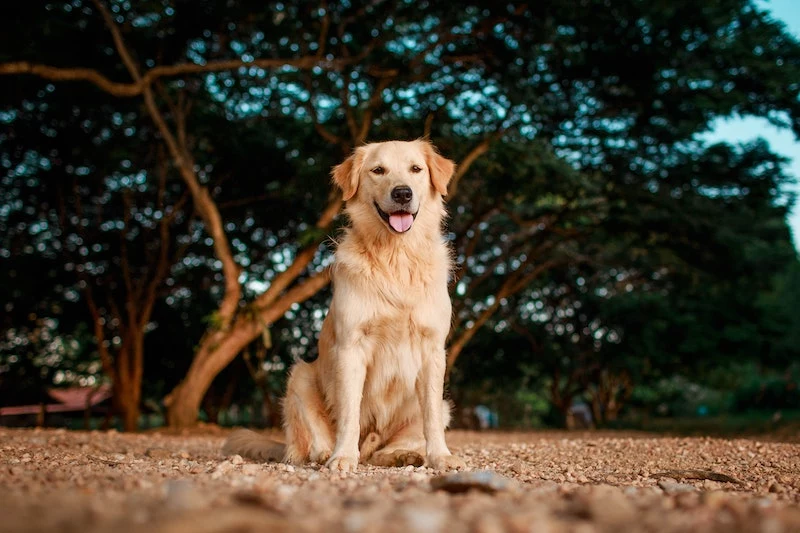
The Poodle: The Elegant Thinker in a Fancy Coat
People see the haircut and think ‘prissy.’ They couldn’t be more wrong. Behind that fluffy exterior is a seriously brilliant and capable dog with a rugged history as a water retriever in Europe.
- The Lowdown: Poodles are amazing problem-solvers and are often more in-tune with their owner’s emotions than other brainy breeds. They don’t do well with harsh training; a sharp word can make them shut down. They thrive on creative, game-based learning.
- The Grooming Is NOT Optional: That non-shedding coat is a huge plus, but it’s a serious commitment. Their hair grows like ours and will mat into painful clumps if you don’t stay on top of it. This isn’t just a cosmetic issue; severe matting pulls at the skin and can cause sores and infections. Heads up on the cost: You need to budget for a professional groomer every 4-6 weeks, which can easily run you $80 to $150 per visit depending on your location. Or, you can invest around $200-$300 in a quality set of clippers and supplies to learn to do it yourself.

The German Shepherd Dog: The Versatile and Serious Specialist
I have so much respect for this breed. A well-bred GSD can do almost anything. But their power and protective nature require a confident, experienced owner. This is not a dog for the faint of heart.
- The Lowdown: Training a GSD is all about channeling their intense drive and sense of duty. But their protective instinct is always simmering just below the surface. If you don’t socialize them extensively and positively from a young age (we’re talking before 16 weeks), that instinct can turn into fear or reactivity toward strangers.
- Critical Safety Note: A GSD’s loyalty can quickly become over-the-top guarding behavior. If you are passive or inconsistent, they will take over the leadership role in the house, and trust me, you won’t like the results. They must have a strong, fair leader.
- Know What You’re Getting: There’s a big difference between ‘working lines’ and ‘show lines.’ If you’re talking to a breeder, ask them directly: “What are the parents’ drive levels like? Are they titled in any sports? Can you tell me about the angulation of their hips?” A working-line dog will have an energy level that’s off the charts, while some show lines have a calmer temperament but may have more exaggerated physical traits.

The Golden Retriever: The People-Pleaser Who Still Needs a Plan
Everyone loves a Golden, and for good reason. They are famous for being friendly and reliable. Their intelligence comes from a deep-seated desire to please you, which makes them seem easy. But ‘easy’ can lead to lazy ownership.
- The Lowdown: Because they’re so agreeable, people often skip formal training. Huge mistake. An untrained Golden becomes an unruly, 70-pound goofball who jumps on everyone and pulls on the leash. They thrive on training because it’s a way to connect with you. Channel their natural retrieving drive with fetch, or better yet, get them into fun sports like dock diving. A bored Golden will find its own job, and that job is often ‘chew the legs off the dining table.’
- The Social Butterfly Myth: Yes, they are generally friendly, but assuming they love every single person and dog is a recipe for trouble. I’ve worked with Goldens who developed resource guarding (getting growly over food or toys) because their subtle warning signs were ignored. Teach a rock-solid ‘drop it’ from day one!
The Doberman Pinscher: The Loyal, Sensitive Guardian
The Doberman has a tough reputation, but those who live with them know the truth: they are sensitive, loyal, and sometimes goofy ‘Velcro dogs’ that want to be glued to their person’s side.
- The Lowdown: Their intelligence is sharp and focused. But they don’t do well being left alone. A Doberman relegated to the backyard is a recipe for severe separation anxiety and destruction. They need to be a core part of the family.
- A Serious Health Disclaimer: This is so important. The breed is tragically prone to some major health issues, especially a heart condition called Dilated Cardiomyopathy (DCM). Anyone even thinking about a Doberman needs to find a breeder who does extensive health screening. For your budget, be prepared for potential vet costs of $500 to $1,000+ per year just for routine heart checks (like Holter monitors and echocardiograms). This doesn’t even count the potential costs if the dog is diagnosed. It’s a heavy responsibility.
So, How Do You Live With One of These Brainiacs?
Owning a high-intelligence dog is less of a pet-owner relationship and more like taking up a new, intensive hobby. Their brains open the door to some amazing activities that build an unbreakable bond.
A common mistake is thinking that just physical exercise is enough. It’s not. Here’s a peek at what a balanced day for a high-drive dog might look like:
- Morning (7 AM): 30-minute walk with 10 minutes of structured training practice (heeling, sits, stays).
- Breakfast (8 AM): Feed their meal in a puzzle toy instead of a bowl. This makes them work for their food and takes 15-20 minutes. My go-to for beginners is a Nina Ottosson Level 2 puzzle, but for a real challenge, the Starmark Bob-A-Lot is fantastic. You can find these online or at most pet stores.
- Mid-day (12 PM): A quick game of fetch or a 5-minute trick-training session.
- Afternoon (4 PM): This is the main event. A 45-60 minute outing that’s more than just a walk. Go to a park for agility practice, do a scent work session in the yard, or go for a run.
- Evening (7 PM): Time to practice the ‘off-switch.’ This is when you teach them to do nothing.
Oh yeah, about that ‘off-switch’… it’s maybe the most important skill you can teach. A dog that can’t settle is a dog that’s always stressed.
Quick Tip: How to Teach ‘Settle’ in 3 Steps
- Grab some high-value treats (like tiny bits of cheese or hot dog) and guide your dog onto their bed or a specific mat.
- The moment they lie down, calmly and quietly drop a treat between their paws. Don’t get all excited. The vibe is ‘calm.’ Repeat every few seconds at first.
- Gradually, start stretching out the time between treats. Go from 3 seconds to 5, then to 10. Keep the sessions short (just 5 minutes) to start. You are teaching them that calm behavior on the mat makes good things happen.
When to Wave the White Flag and Call a Pro
Even with the best intentions, you might hit a wall. Don’t wait until a small problem becomes a huge one. Get help from a certified professional if you see:
- Reactivity: Lunging or freaking out at other dogs or people on walks.
- Resource Guarding: Growling or snapping when you approach their food or toys.
- Separation Anxiety: Howling, destroying things, or panicking when you leave.
- Compulsive Behaviors: Any of those obsessive habits like shadow chasing or tail spinning.
Look for trainers with certifications like CPDT-KA or, for more serious issues, a veterinary behaviorist (DACVB). Please, be wary of anyone promising a ‘quick fix’ or promoting harsh tools like shock collars. With these sensitive and intelligent breeds, those methods almost always backfire and make things much, much worse.
Choosing to bring one of these dogs into your life is a massive commitment. Their intelligence is an incredible gift, but it comes with a contract. You’re promising to provide the guidance, work, and stimulation their brilliant minds need. If you can do that, you’ll get a partner with more loyalty and capability than you could ever imagine. It’s an amazing journey, but you have to walk into it with your eyes wide open.
Inspirational Gallery
- A calmer, more focused dog around the house.
- A significant reduction in unwanted behaviors like nuisance barking or destructive chewing.
- A deeper, more collaborative bond between you and your pet.
The secret? Just 15 minutes of daily scent work. It’s more tiring for a brainy dog than a one-hour run, tapping directly into their most powerful natural instinct.
Puzzle Toy Paralysis: Staring at a wall of complex dog puzzles can be overwhelming. Start with a classic. The Nina Ottosson by Outward Hound line offers levels. A ‘Level 1’ like the Dog Smart is perfect for introducing the concept. Once your dog masters lifting the pegs, graduate to a ‘Level 2’ like the Dog Tornado, which adds a spinning challenge. The key is to build confidence, not frustration.
A dog’s sense of smell is estimated to be 10,000 to 100,000 times more acute than ours. Their brain’s olfactory cortex is, proportionally, 40 times larger.
This isn’t just a fun fact; it’s the key to a happy, high-intellect dog. Activities like ‘Nosework’ or even just hiding treats around a room allow them to use this incredible superpower. It fulfills a deep biological need and is one of the most effective ways to tire them out mentally.
Is my dog being stubborn, or is he bored?
It’s a common question for owners of intelligent breeds. If your well-trained dog suddenly starts ‘forgetting’ commands he’s known for years, he’s likely not being defiant. He’s bored. A smart dog tires of endless repetition. Try varying the routine: practice ‘sit’ on a park bench instead of the kitchen, use different rewards, or chain commands together into a new sequence.
Don’t underestimate the power of giving your dog a ‘job’ that mimics household chores. It provides a sense of purpose beyond simple play. Start small: train them to pick up their own toys and put them in a basket at the end of the day. More advanced ‘jobs’ could include fetching your slippers, carrying in light grocery items, or even learning to close doors.
Snuffle Mat: A fabric mat with fleece strips perfect for hiding dry kibble. It encourages natural foraging instincts and slows down fast eaters. Best for channeling a dog’s desire to sniff and search.
KONG Classic: A durable rubber toy that can be stuffed with various treats, from peanut butter to frozen broth. It satisfies the need to chew and lick, providing a longer-lasting, calming challenge. Choose a KONG for power chewers and a snuffle mat for a quick, stimulating meal.
A key to success: Ditch the long, grueling hike and embrace the ‘decompression walk’. For a highly intelligent, often sensitive dog, a quiet walk on a long leash where they are allowed to stop and sniff whatever they want is more mentally restorative than a forced march. It lets their brain process the world at their own pace, reducing stress and overstimulation.
Before you invest in expensive puzzle toys, try the ‘Muffin Tin Game.’ It’s a fantastic, zero-cost way to provide a mental workout.
- Grab a standard 6 or 12-cup muffin tin.
- Place a high-value treat or a piece of kibble in a few of the cups.
- Cover all the cups with tennis balls or other dog-safe toys.
Your dog then has to use its nose and problem-solving skills to figure out which cups hide the reward. It’s simple, effective, and a great entry into canine enrichment.
For herding breeds like Australian Shepherds or Collies living in the city, the emerging sport of Treibball (or ‘Urban Herding’) is a game-changer. It channels their innate instinct to push and control movement by training them to ‘herd’ large yoga balls into a goal. It’s a perfect example of giving a smart dog a job that satisfies its genetic programming without needing a single sheep.










